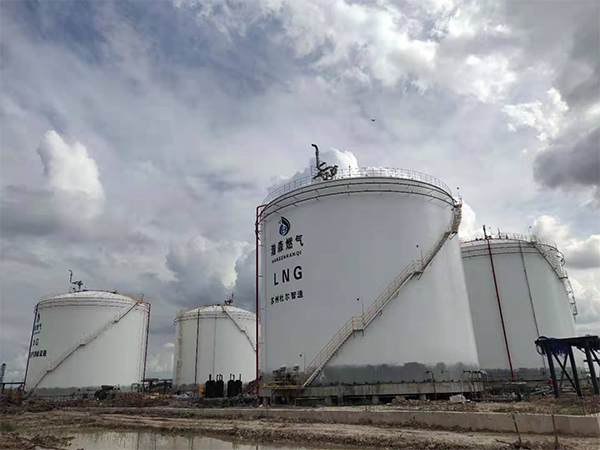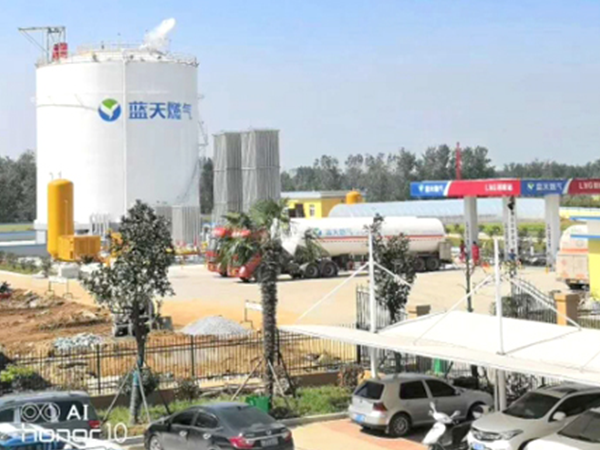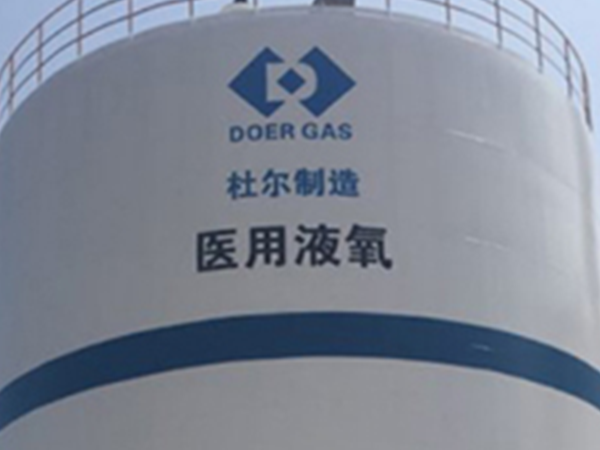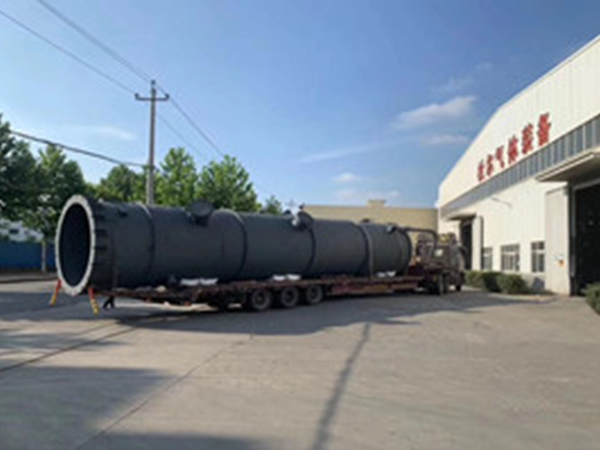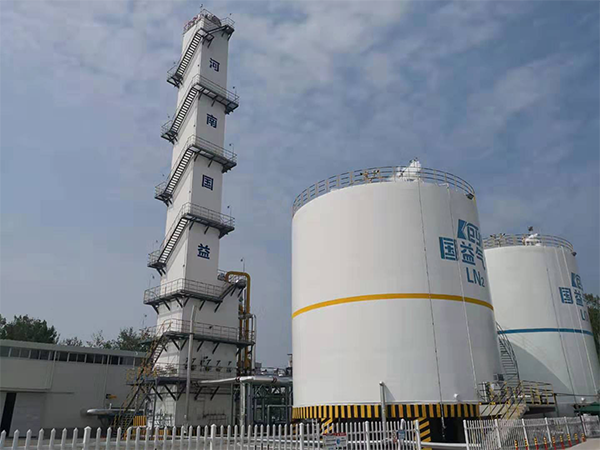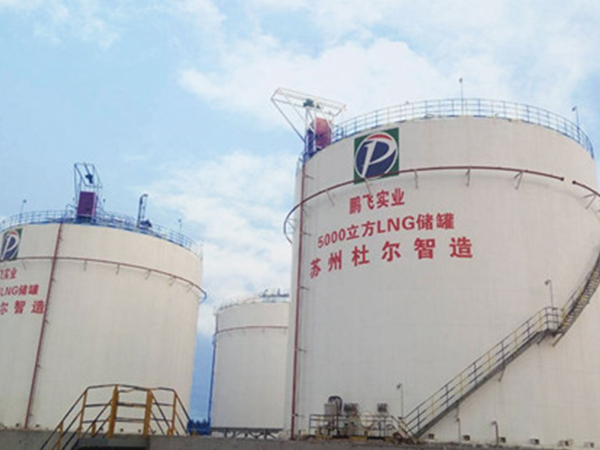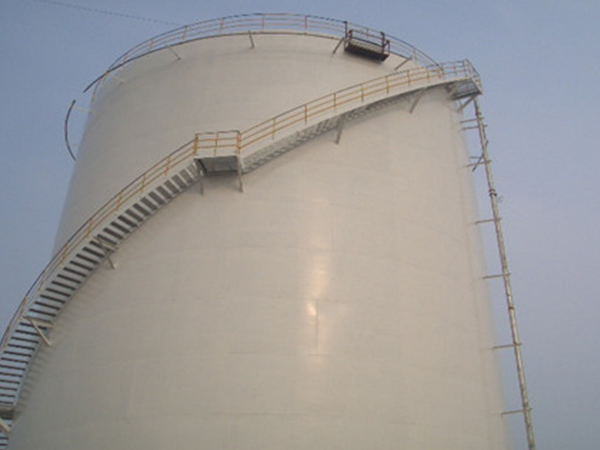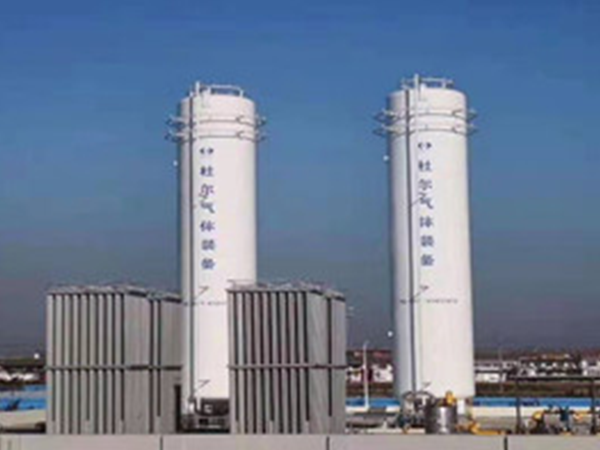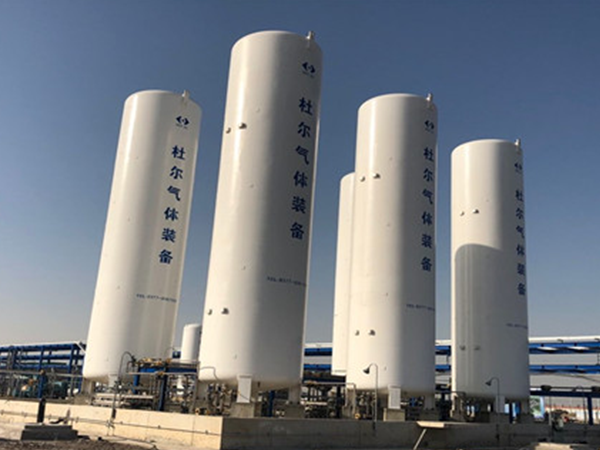
Liquid propane storage tank at atmospheric pressure
Product Details
Liquid Propane Atmospheric Storage Tank
With the development of science and technology, the technology of using low-temperature storage tanks to store materials at atmospheric pressure has become increasingly mature. There are more and more low-temperature storage tanks being built in the country, and reports of large liquefied natural gas (LNG) storage tanks and liquefied petroleum gas (LPG) storage tanks being completed are constantly emerging.
Currently, large low-temperature storage tanks in the country are mainly divided into several types according to the stored medium: liquid oxygen storage tanks (-183℃); liquid nitrogen storage tanks (-196℃); liquid argon storage tanks (-186℃); liquefied natural gas storage tanks (-162℃); liquefied ethane storage tanks (-89℃); ethylene storage tanks (-104℃). Compared with other storage methods, atmospheric low-temperature storage tanks have many advantages: compared to vacuum tanks and spherical tanks, low-temperature storage tanks have lower storage pressure, thus providing better safety; low-temperature storage tanks have achieved large-scale construction, occupying less land and reducing storage costs. The structure of low-temperature storage tanks is simple, construction is easy, and construction costs are reduced.
Product Details
Process Flow System
Liquid Inlet System; Temperature System;
Liquid Discharge System; Gas Emission System;
Pump Recirculation System; Analysis Sampling System;
Interlayer Nitrogen Supply System; Safety System;
Liquid Level and Pressure Measurement System; Boosting System.
Storage Tank Structure and Principle
Currently, the low-temperature storage tanks built by our company are all flat-bottomed arch-roof, vertical double-layer wall structures, with the interlayer using pearl sand powder for insulation. The equipment consists of an inner tank, outer tank, bottom insulation layer, interlayer insulation layer, equipment ladder platform, valves, instruments, and foundation platform.
The inner tank mainly consists of the tank top, cylinder body, and bottom plate, with all components made of austenitic stainless steel. The entire inner tank is fastened to the bottom foundation through anchor belts, which also prevents the inner tank from deforming outward at the bottom under lifting force.
The outer tank mainly consists of the top cover, cylinder body, and bottom plate, with all components made of carbon steel plates. The bottom plate of the outer tank is laid on the foundation platform and is fastened to the foundation platform through embedded steel plates.
Between the bottom of the outer tank and the inner tank, foam glass bricks and concrete load distribution plates are laid as the bottom insulation layer, allowing the gravity of the inner tank and liquid to be evenly distributed and transmitted to the foundation platform.
The storage tank interlayer is filled with pearl sand powder as insulation, and dry nitrogen is filled in the interlayer to keep the insulation material dry, maintaining good insulation performance and a low daily evaporation rate for the storage tank. An operation platform is set up outside the storage tank, with valves and instrument panels concentrated on the operation platform for convenient operation.
In operation, to ensure the safety of the storage tank, the inner tank is equipped with safety devices, one for overpressure protection and another for negative pressure protection, with two protective devices set for each of these aspects:
The first protection is: for overpressure protection, there is an automatic pressure control vent valve at the top of the inner tank, which automatically discharges to relieve pressure when the pressure exceeds the set value; for negative pressure protection, to prevent negative pressure from occurring in the tank when a large amount of low-temperature liquid is discharged, the storage tank is equipped with a self-pressurization system that can automatically replenish gas according to the pressure in the tank, maintaining positive pressure in the tank.
The second protection is: the top of the inner tank is equipped with a breathing valve, which opens to relieve pressure when the pressure exceeds the positive pressure upper limit, and when the negative pressure in the tank exceeds the set value, the safety valve opens to draw in atmospheric pressure to protect the storage tank. The top of the outer tank has a breathing valve and an emergency vent valve; the breathing valve is used to maintain a slight positive pressure in the interlayer and has both inhalation and exhalation functions. The emergency vent valve is used in emergencies, such as when liquid from the inner tank leaks into the interlayer and vaporizes rapidly, causing the pressure in the interlayer to rise quickly. The emergency vent valve opens to relieve pressure and prevent accidents. In addition to the above safety devices, the storage tank is also equipped with a liquid level gauge, pressure gauge, analysis sampling valve, and other instruments.
Industries applying large low-temperature liquid storage tanks: aerospace, machinery industry, electronics industry, geological and mineral departments, metallurgy industry, construction and environmental protection, transportation departments, petroleum, chemical industry, electric power, energy, agriculture, forestry.
Key words:
Liquid propane storage tank at atmospheric pressure
Related Products



